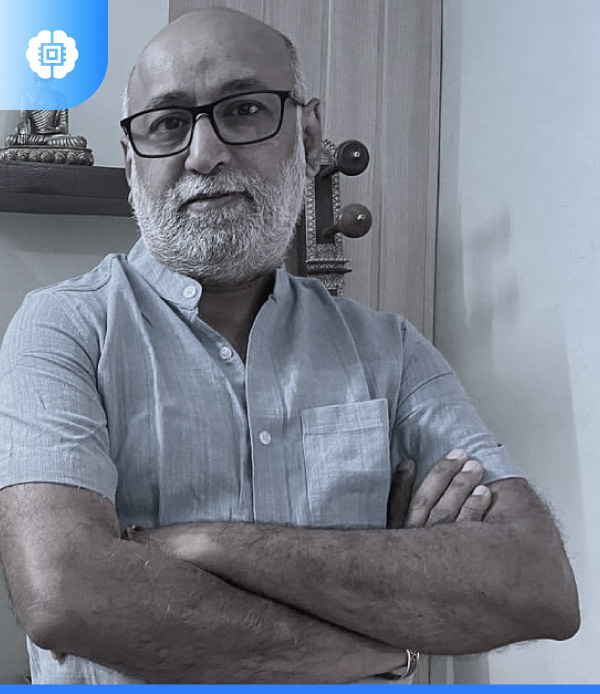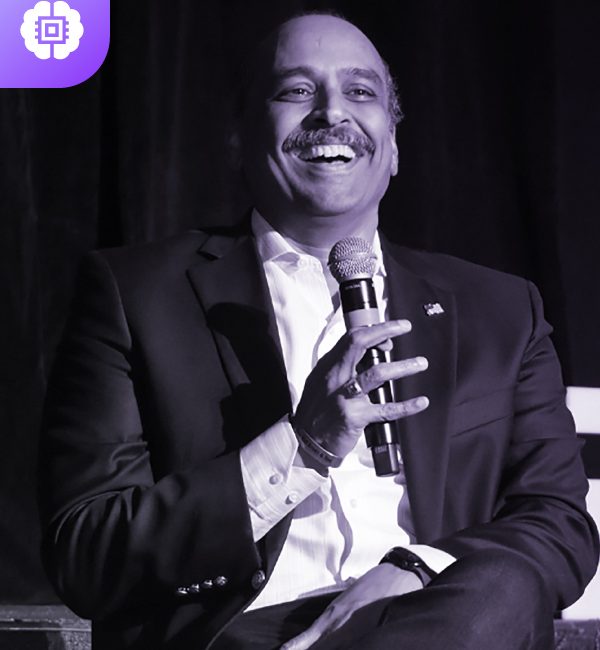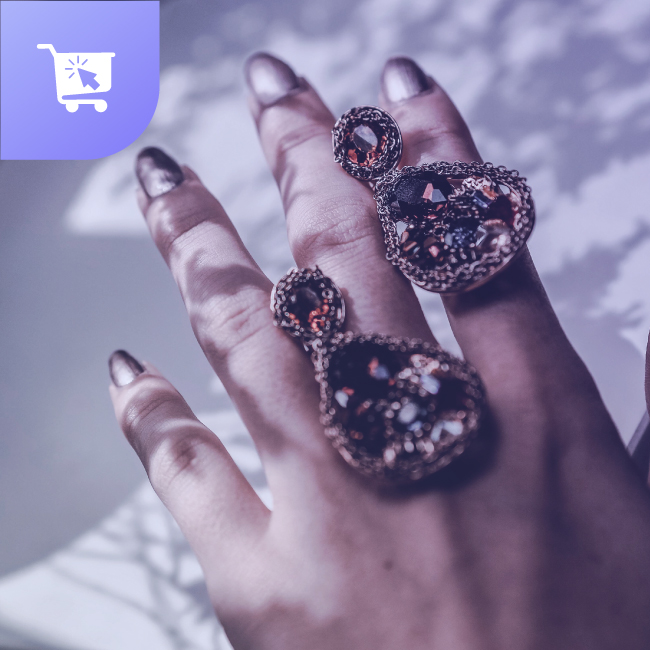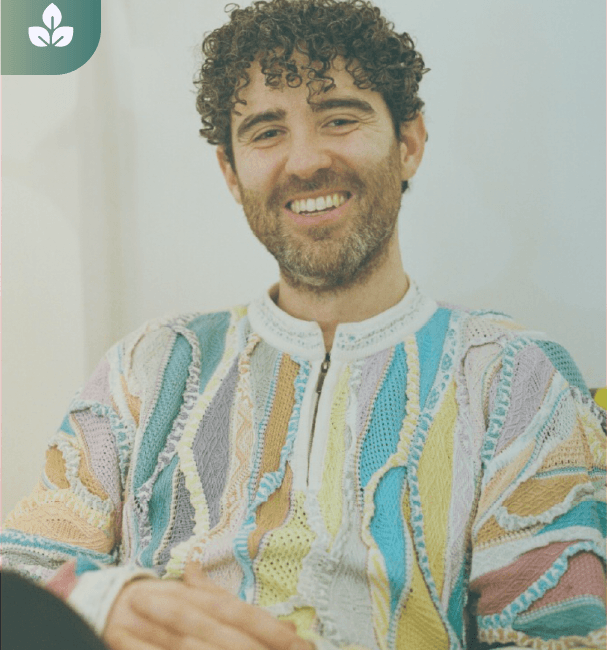
Bringing Brands and Data Together: A Nitty Gritti Showcase
About this Podcast:
Welcome to a new episode of The Retail Podcast by Vue.ai. In this podcast, we speak to leaders in retail that are consistently pushing the needle and at the center of innovation. Today, we’re putting the spotlight on Nitty Gritti. The company was founded by Anand Siva and Nikita Bhargav with the ambition to build a platform that brings together data analytics, insights and smart content to give customers a confident buying experience, as well as being a communication platform that doesn’t compromise on its ethos. This is what led to founding Nitty Gritti. We have Anand Siva, the co-founder and head of business excellence at Integrity, always a solutions man. After a multi-decade long career in mainstream advertising, his solution first mindset led him to transition into the data analytics space. With this move came a new dimension where brand and data came together to chart new journeys in the customer engagement space for leading global brands. Our next guest is Nikita Bhargav, the co-founder and head of brand success at Nitty Gritti. She brings the enthusiasm and drive to help clients grow and thrive in a dynamic marketplace. Nikita has over a decade of experience in e-commerce, of which the last six years were at Amazon, where her role was to manage and grow some of the most critical high value brands for Amazon Fashion.
Episode Transcript:
Meet your speakers:

Nikita Bhargav
Co-founder

Anand Siva
Co-founder, Nitty Gritti

Akshara Subramanian
Director, Customer Marketing, Vue.ai







